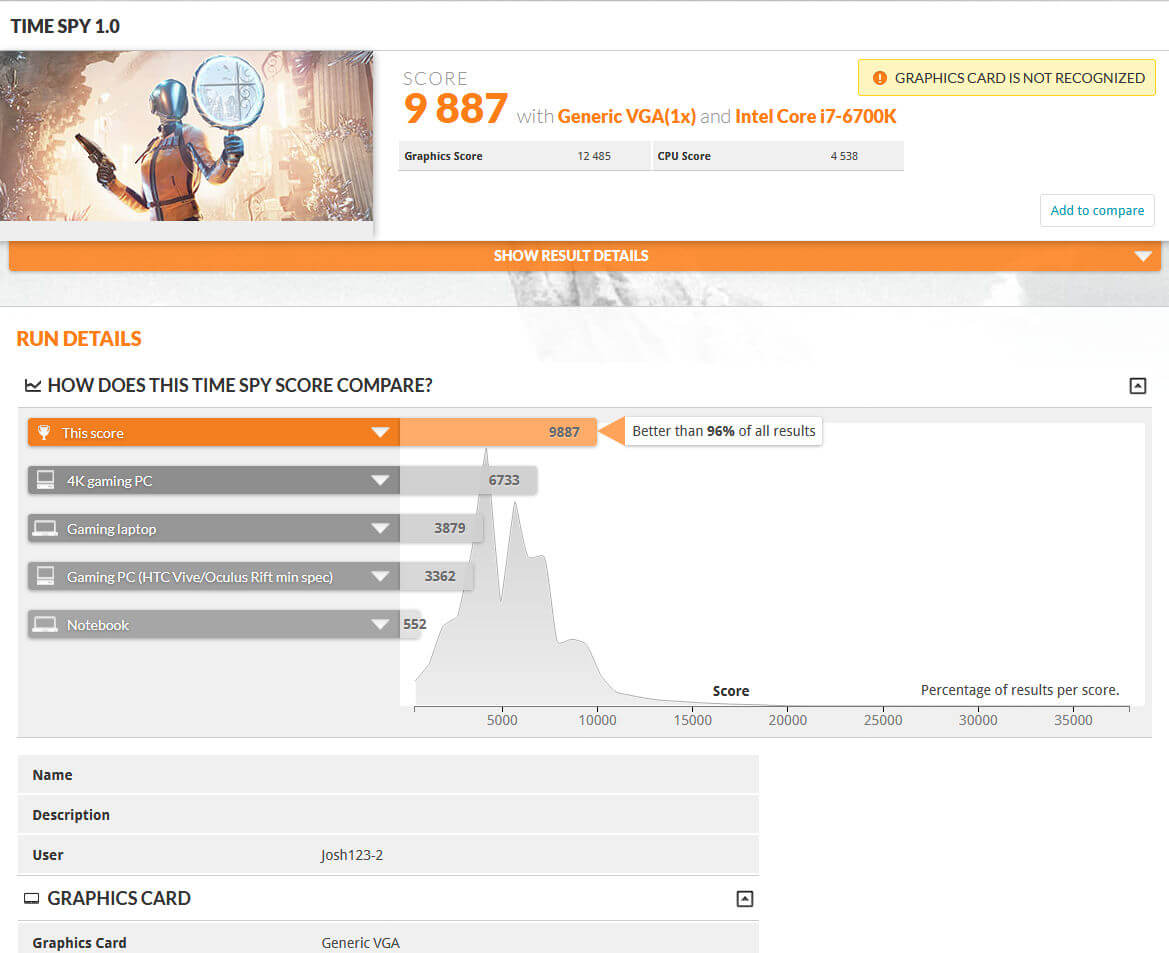

We calibrated our thermocouples by providing them an "ice bath," then providing them a boiling water bath. K-type thermocouples have a known range of approximately 2.2C. The thermocouples used are flat and are self-adhesive (from Omega), as recommended by thermal engineers in the industry. Our tests apply self-adhesive, 1/100th-inch thick (read: laser thin, does not cause "air gaps") K-type thermocouples directly to the PCB and to hotspot MOSFETs numbered 6 (right) and 4 (left) when counting from the bottom-up. Our previous Titan V content includes gaming benchmarks and a tear-down, if those interest you.įor thermal testing, we’re using GPU-z for core clock monitoring, we’re ignoring HBM (no sensors internally read to software, and using a tcouple would impact performance), and we’re using K-Types on the middle-right MOSFET and middle-left MOSFET. The frequency scaling is the most important: We’ve previously found that high-end nVidia cards leave noteworthy performance (>100MHz boost) on the table with their stock coolers, and suspect the same to remain true on this high-wattage GPU. In this Titan V benchmark, we’ll be looking at the card’s power consumption during various heavy workloads, thermal behavior of the MOSFETs and GPU core, and how frequency scales with thermals and power. Still, the card needs whatever it can get, and short of a complete cooler rework, this is about the most that can fit on the current design. That’s the primary change, and not one that’s necessarily all that meaningful.

The card uses a slightly modified Titan Xp cooler, with primary modifications found in the vapor chamber’s switch to copper heatfins.

As we work toward our inevitable hybrid mod on the nVidia Titan V, we must visit the usual spread of in-depth thermal, power, and clock behavior testing.


 0 kommentar(er)
0 kommentar(er)
